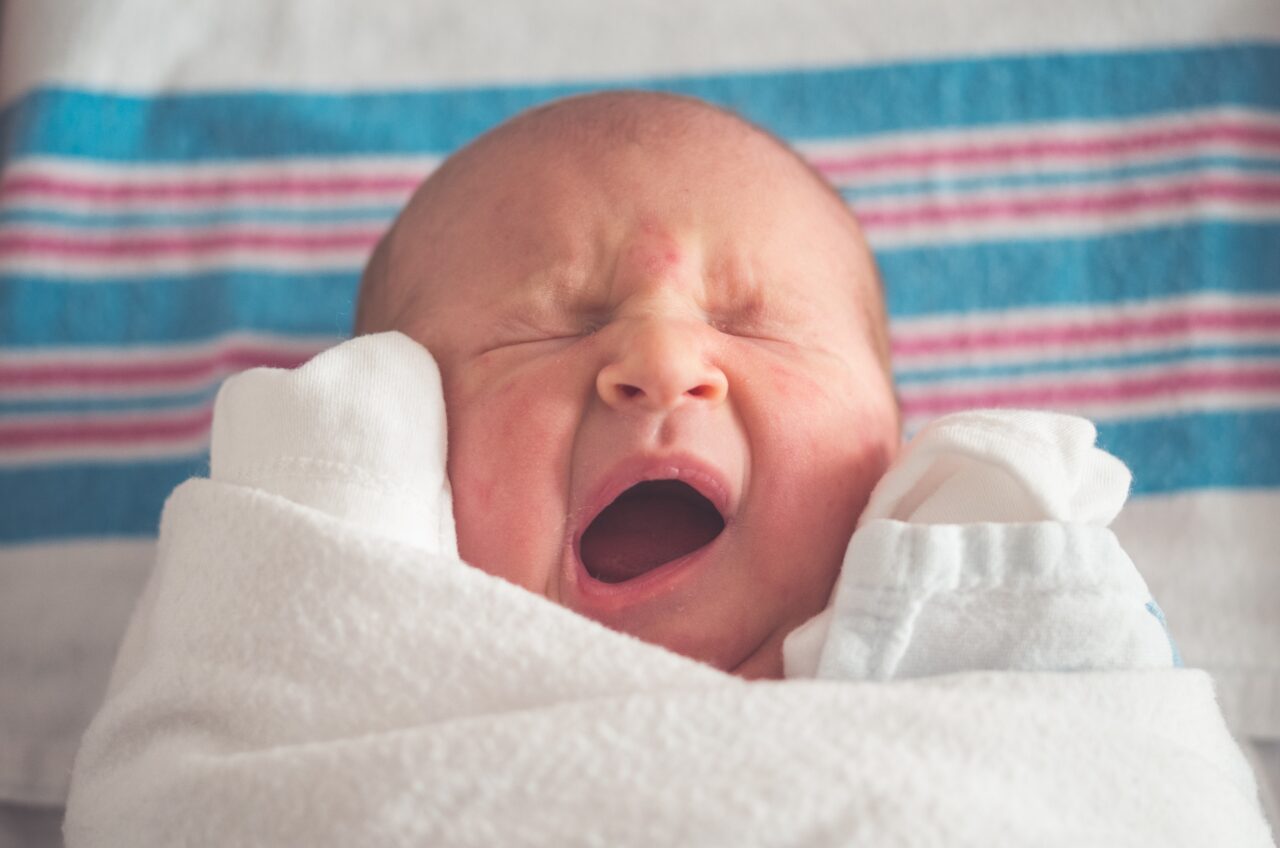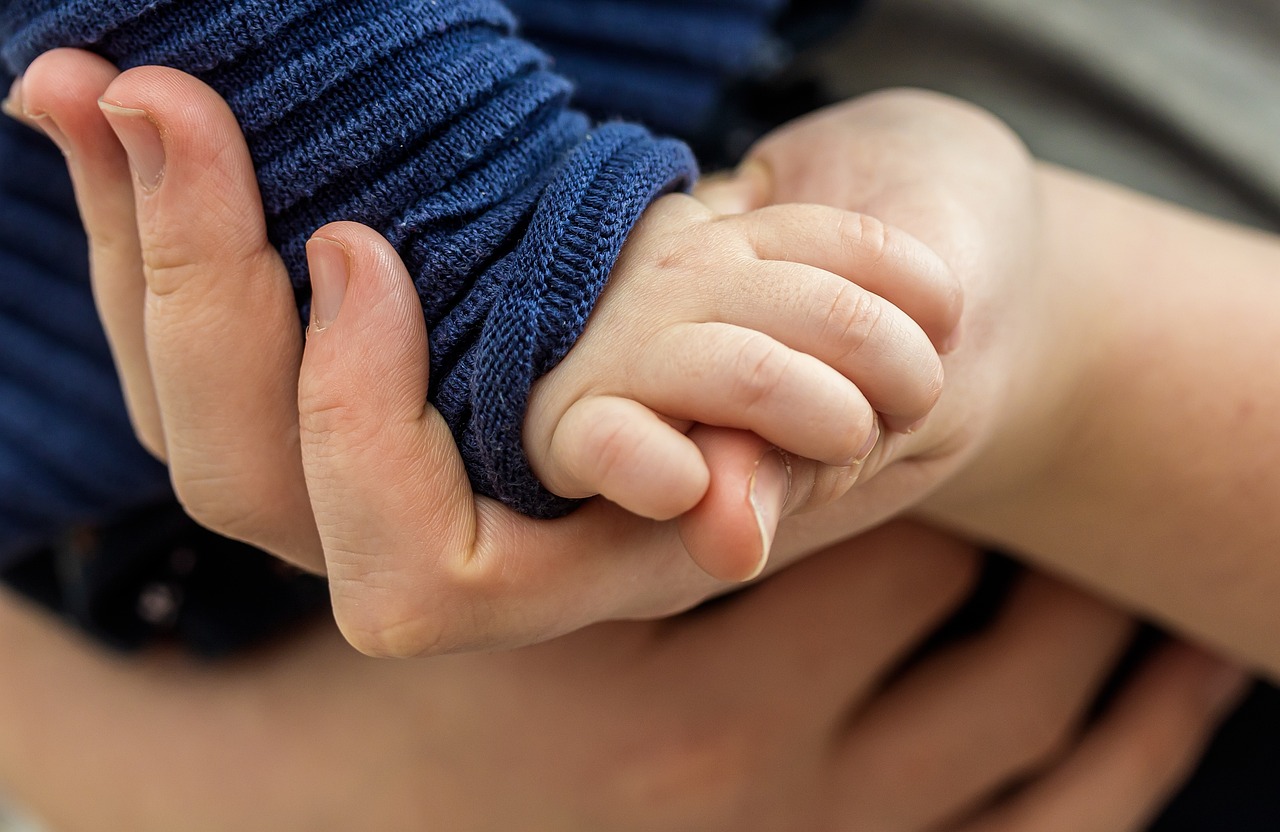Babies have delicate skin that can be prone to rashes and as any parent knows they can be tough to treat. These rashes can cause discomfort which can cause crying and sleepless nights. Fortunately, there are several proven treatments that can help heal baby rashes quickly and effectively. In this article, we will explore some of these treatments, their benefits, and how to use them safely.
1. Identifying the Rash
Before treating a baby rash, it’s essential to accurately identify the type of rash. Rashes can have various causes, such as diaper rash, eczema, heat rash, or an allergic reaction. Each type requires a specific approach, so it’s crucial to consult with a healthcare professional for an accurate diagnosis.

2. Keep the Skin Clean
Proper hygiene is vital when it comes to healing baby rashes. Gently clean the affected area with mild soap and warm water. Avoid using harsh cleansers or vigorous scrubbing, as these can irritate the skin further. Pat the area dry gently with a soft towel.
3. Consider Hypochlorous Acid (HOCl)
Hypochlorous acid (HOCl) is a substance naturally produced by our bodies’ white blood cells as a response to injury or infection. It acts as a powerful antimicrobial agent and helps support the natural healing process. HOCl can be used prior to applying rash cream or balms as an extra layer to ensure the area is clean and help bring down inflammation.

4. Apply Diaper Rash Cream
Diaper rash is a common type of baby rash caused by wet or soiled diapers. Applying a diaper rash cream can provide quick relief and promote healing. Look for creams containing zinc oxide, as zinc creates a protective barrier between the skin and the diaper. Apply a thin layer of cream during each diaper change.
5. Use Fragrance-Free Products
Babies’ skin is sensitive and can react to fragrances and harsh chemicals found in many skincare products. Opt for fragrance-free and hypoallergenic products, including soaps, lotions, and laundry detergents. These products are less likely to cause irritation and can aid in the healing process.
6. Keep the Skin Moisturized
Proper hydration is essential for healing baby rashes. After bathing, apply a gentle moisturizer to the affected area. Look for products with natural ingredients like aloe vera or shea butter. Moisturizers help to soothe and hydrate the skin, preventing dryness and further irritation.
7. Avoid Tight Clothing
Tight clothing can rub against the rash and worsen the irritation. Dress your baby in loose-fitting, breathable fabrics, such as cotton. These fabrics allow the skin to breathe and reduce friction, promoting faster healing.

8. Try Oatmeal Baths
Oatmeal baths can provide relief for various types of baby rashes, including eczema and hives. The soothing properties of oatmeal can help reduce inflammation and itching. To prepare an oatmeal bath, grind plain oats into a fine powder and sprinkle it into lukewarm bathwater. Let your baby soak in the bath for about 10-15 minutes.
9. Apply Cold Compresses
For rashes accompanied by inflammation or itching, applying cold compresses can offer immediate relief. Take a clean washcloth, dampen it with cold water, and gently place it on the affected area. The cold temperature helps to numb the area and alleviate discomfort.
10. Use Hydrocortisone Cream
If your baby’s rash is persistent or severe, a healthcare professional may recommend a hydrocortisone cream. Hydrocortisone is a mild corticosteroid that helps reduce inflammation and itching. However, it’s essential to follow the doctor’s instructions and only use the cream as directed, as prolonged use can have side effects.
11. Seek Medical Advice
While most baby rashes can be treated at home, some may require medical attention. If the rash worsens, spreads, or is accompanied by other concerning symptoms such as fever or pus-filled blisters, it’s crucial to seek medical advice. A healthcare professional can provide a proper diagnosis and recommend appropriate treatments.
Frequently Asked Questions (FAQs)
Q: Can I use over-the-counter creams for my baby’s rash?
A: It’s best to consult with a healthcare professional before using any over-the-counter creams on your baby. They can provide guidance on the most suitable products for your baby’s specific rash.
Q: How long does it take for a baby rash to heal?
A: The healing time for a baby rash can vary depending on the type and severity of the rash. Mild rashes may improve within a few days, while more severe rashes may take longer to heal.
Q: Are there any home remedies I can try for baby rashes?
A: Some home remedies, such as applying aloe vera gel or coconut oil, may provide relief for certain types of baby rashes. However, it’s important to consult with a healthcare professional before trying any home remedies.
Q: Can food allergies cause baby rashes?
A: Yes, food allergies can cause rashes in babies. If you suspect a food allergy is the cause of your baby’s rash, consult with a pediatrician or allergist for appropriate testing and guidance.
Q: How can I prevent future baby rashes?
A: To prevent future baby rashes, practice good hygiene, change diapers frequently, use gentle and fragrance-free products, and keep your baby’s skin moisturized. Avoid potential irritants and allergens that may trigger rashes.
Q: Are there any specific rashes that require immediate medical attention?
A: Yes, certain rashes, such as a rash accompanied by high fever, difficulty breathing, or signs of infection, should be evaluated by a healthcare professional urgently.
Conclusion
Baby rashes can be distressing for both parents and babies, but with the right treatments and care, they can heal quickly. It’s important to identify the type of rash accurately and follow appropriate treatment methods. Remember to consult with a healthcare professional for proper diagnosis and guidance. By maintaining good hygiene, using gentle products, and following the recommended treatments, you can help heal your baby’s rash quickly and provide them with comfort.




